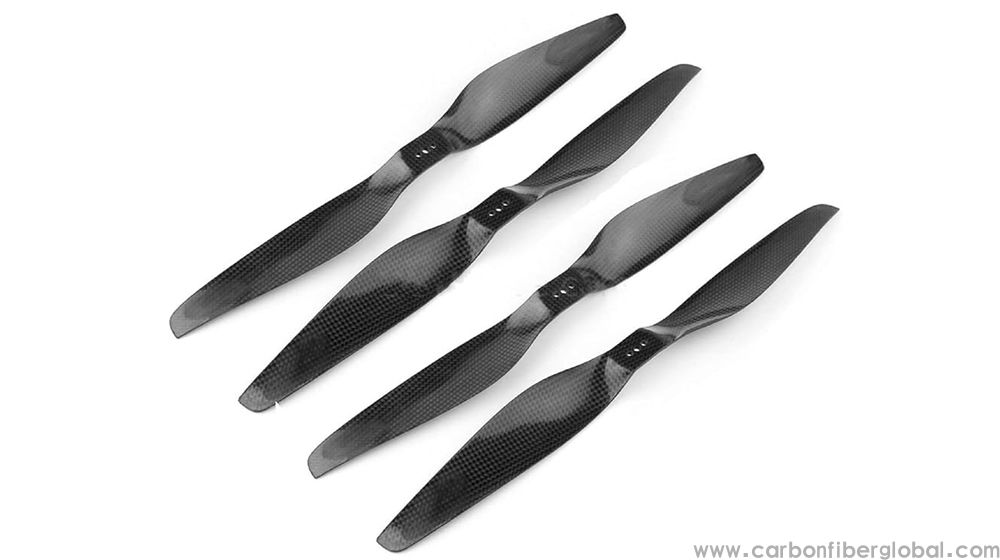As the drone industry continues to evolve, the materials used in drone construction play a critical role in enhancing performance, efficiency, and versatility. Carbon fiber sheets have emerged as a transformative material in this sector, offering a unique combination of strength, lightweight properties, and Design flexibility. This article explores how Carbon Fiber Sheets are key to advancing Drone Technology and shaping the future of unmanned aerial vehicles (UAVs).

1. Exceptional Strength-to-Weight Ratio
One of the most significant benefits of Carbon Fiber sheets is their exceptional strength-to-weight ratio. This characteristic allows manufacturers to design drones that are both lightweight and durable, enabling longer flight times and increased payload capacities. As drones are required to carry more sophisticated sensors and equipment, Carbon fiber sheets provide the necessary strength without adding excessive weight.
2. Improved Aerodynamic Performance
Carbon fiber's flexibility in design enables the creation of streamlined shapes that enhance the aerodynamic efficiency of drones. By reducing drag and optimizing lift, Carbon Fiber Components help drones achieve faster speeds and greater stability in flight. This is particularly important for applications such as delivery services, aerial photography, and surveillance, where performance is paramount.
3. Enhanced Durability and Resistance
Drones often operate in challenging environments, facing harsh weather conditions and potential impacts during flight. Carbon fiber sheets are inherently resistant to moisture, UV radiation, and temperature fluctuations, ensuring that drones maintain their structural integrity over time. This durability reduces maintenance costs and extends the lifespan of UAVs, making carbon fiber an ideal choice for commercial applications.
4. Vibration Dampening Properties
The ability of carbon fiber to absorb vibrations is crucial for Drone Performance. Drones experience vibrations during flight, which can affect sensor accuracy and overall stability. By integrating carbon fiber components, manufacturers can effectively dampen these vibrations, resulting in smoother flights and improved data collection for applications like mapping and surveying.
5. Customization for Specific Applications
The versatility of carbon fiber sheets allows for customization to meet the unique needs of different drone applications. Manufacturers can tailor the thickness, weave patterns, and resin types of carbon fiber sheets to optimize performance for various missions. This customization capability is essential for industries such as agriculture, film production, and disaster response, where specific requirements must be met.
6. Modular Design for Upgrades
Carbon fiber sheets can be manufactured for modular designs, allowing for easy upgrades and repairs. As drone technology rapidly advances, the ability to modify components without a complete redesign is a significant advantage. This modularity enables manufacturers to keep their drones competitive and up-to-date with the latest technological advancements.
7. Battery Efficiency and Energy Management
The lightweight nature of carbon fiber helps optimize battery efficiency in drones. By reducing overall weight, carbon fiber sheets allow drones to operate longer on a single battery charge. Additionally, improved energy management strategies can be implemented, enhancing the overall efficiency of UAVs and contributing to reduced operational costs.
8. Sustainability Considerations
As environmental concerns rise, the use of sustainable materials in drone manufacturing becomes increasingly important. Carbon fiber sheets have a long lifespan and potential for recycling, making them a more sustainable choice compared to traditional materials. The drone industry can benefit from the adoption of carbon fiber as a means to align with eco-friendly practices and reduce its carbon footprint.
9. Applications in Various Industries
The Applications of carbon fiber sheets in drones extend across multiple industries. From agriculture and logistics to search and rescue operations, the lightweight and durable characteristics of carbon fiber make it suitable for a wide range of tasks. Drones equipped with carbon fiber components can efficiently monitor crops, deliver goods, and survey disaster-stricken areas, showcasing their versatility and effectiveness.
10. Future Innovations and Trends
The future of drone technology is promising, with carbon fiber sheets at the forefront of innovation. Ongoing research is focused on enhancing the performance of carbon fiber composites, reducing production costs, and developing new applications. As the demand for drones continues to grow, carbon fiber is poised to play an essential role in shaping the next generation of UAVs.
Conclusion
Carbon fiber sheets are revolutionizing drone technology, providing significant advantages in strength, weight, and design flexibility. Their ability to enhance performance, durability, and efficiency makes them a critical material in the development of advanced unmanned aerial vehicles. As the drone industry continues to evolve, the integration of carbon fiber sheets will undoubtedly lead to innovative solutions and new possibilities for various applications.


